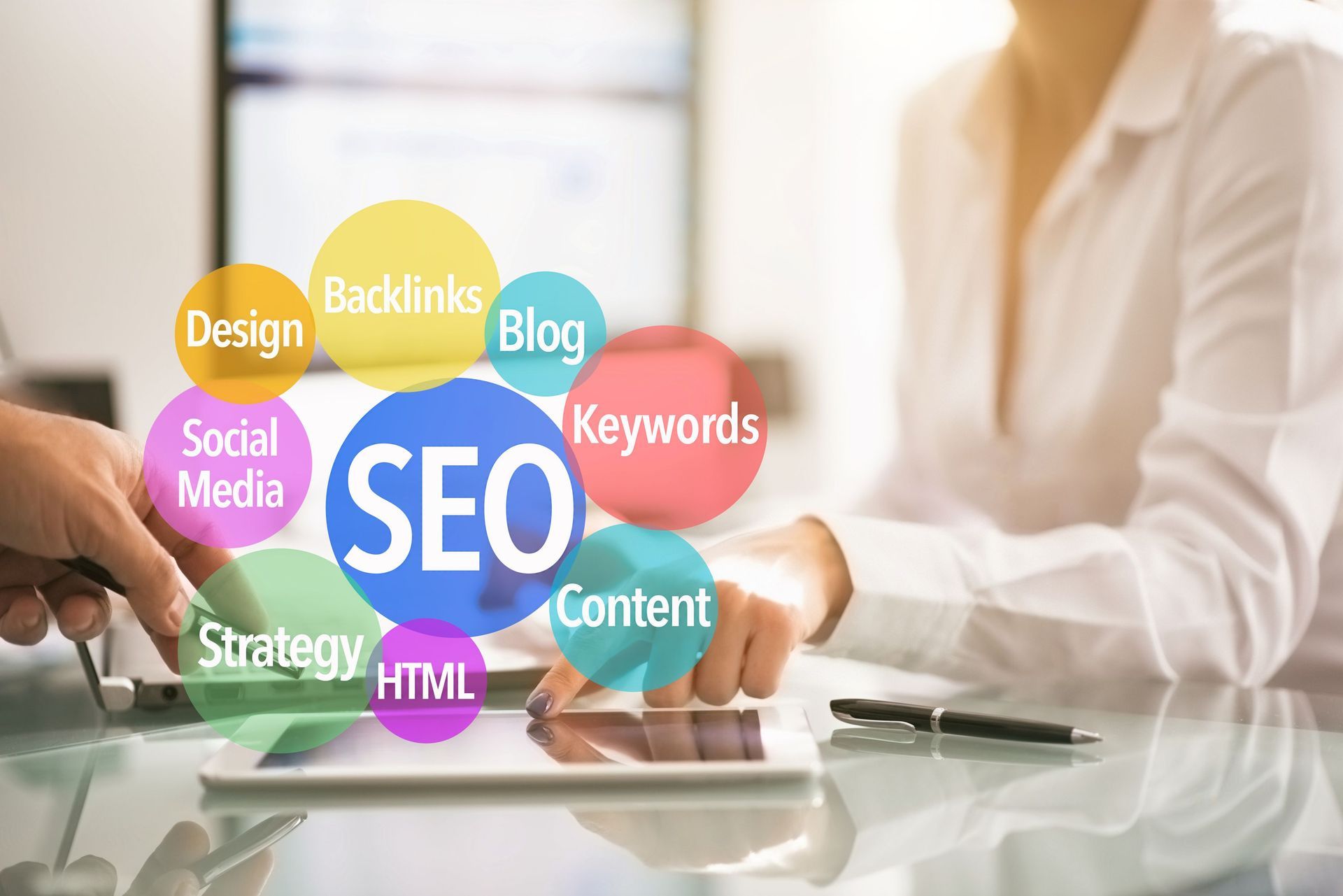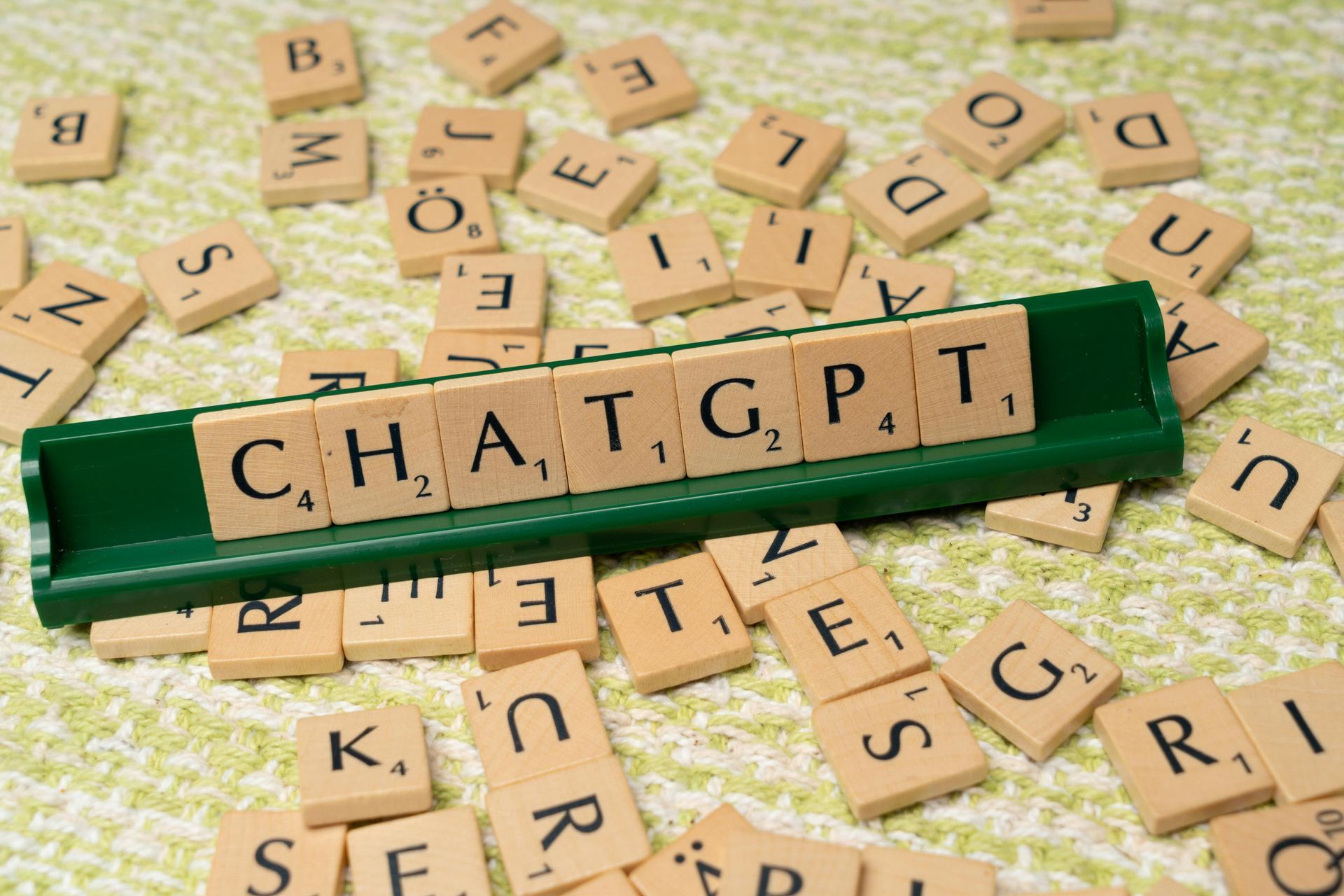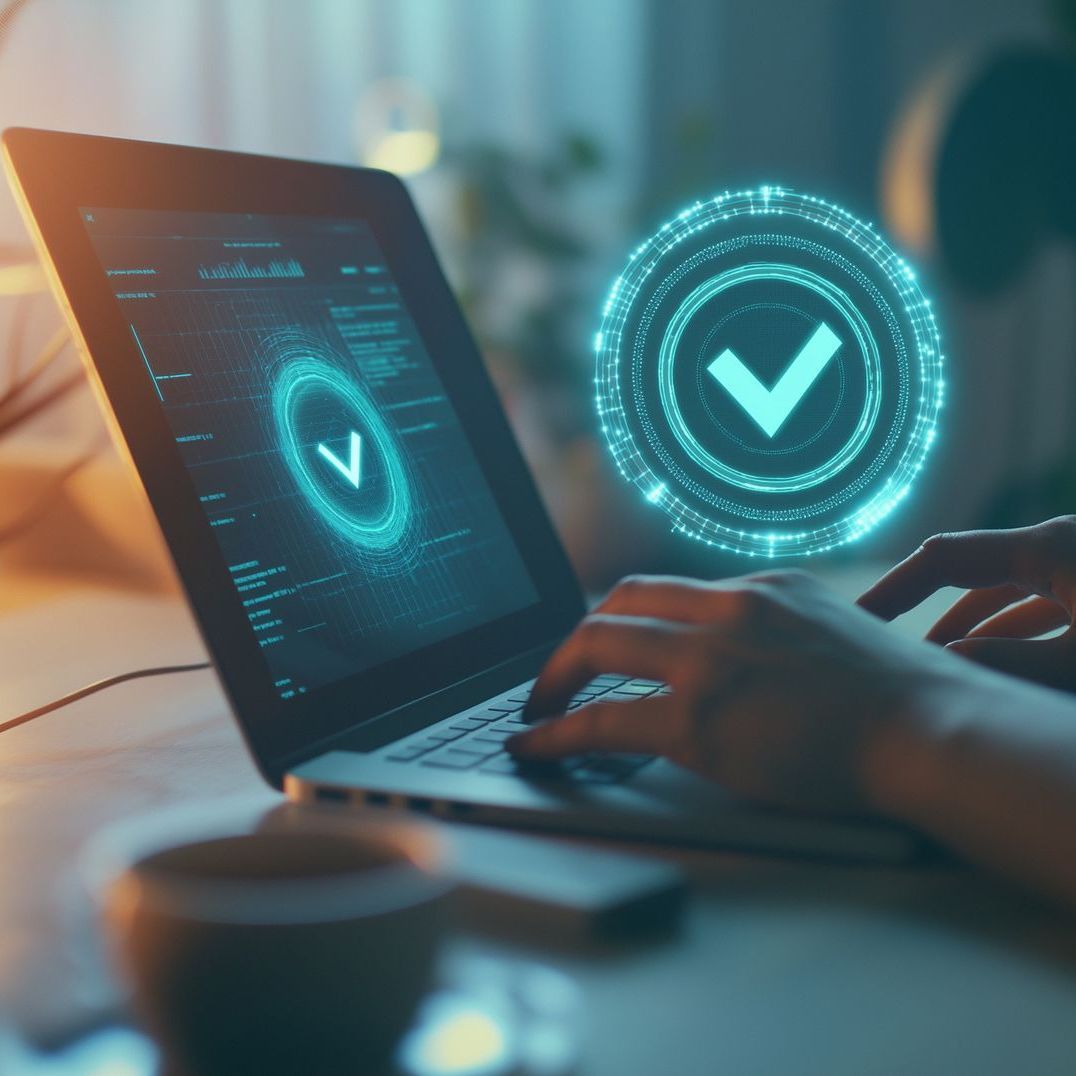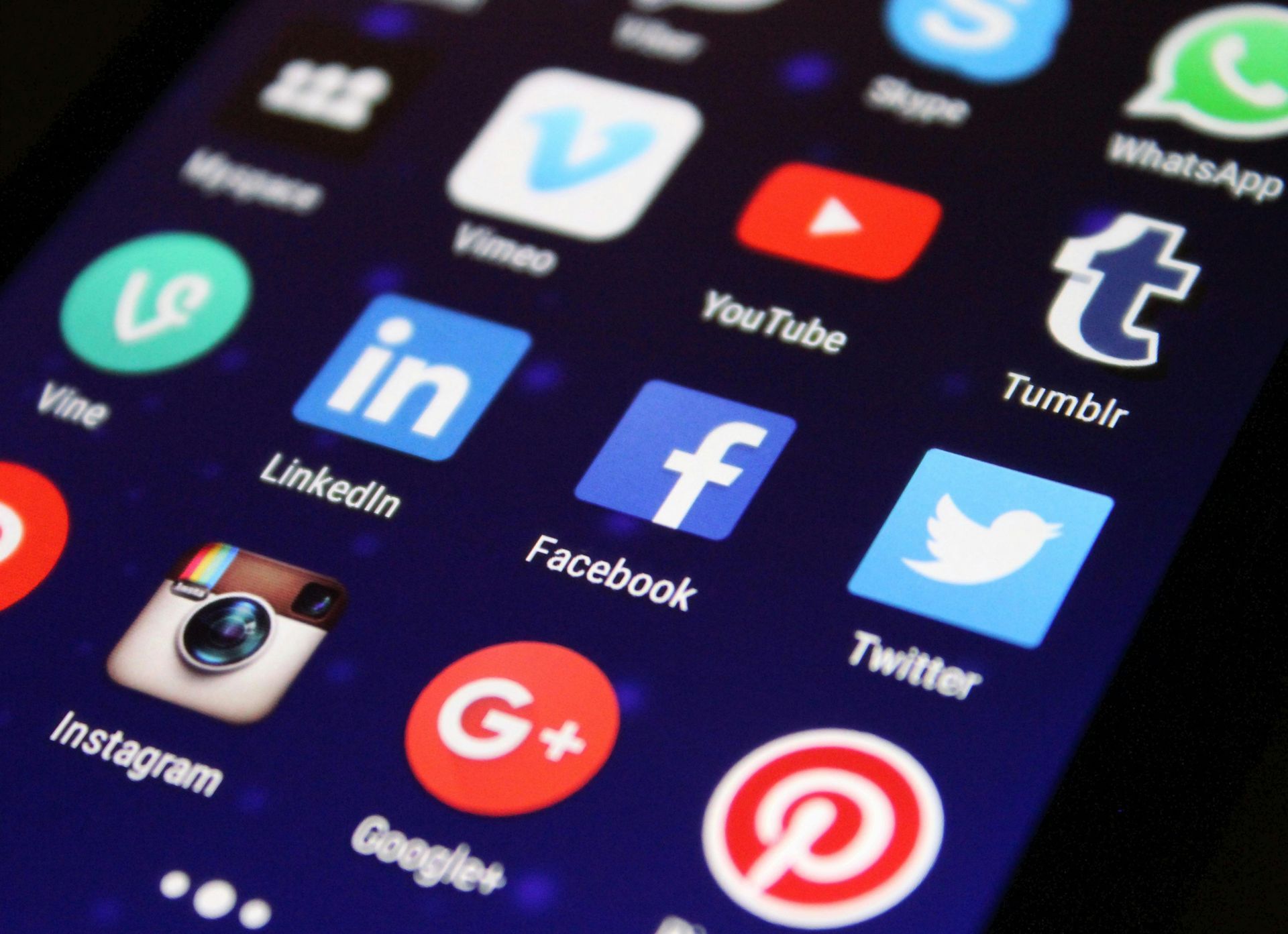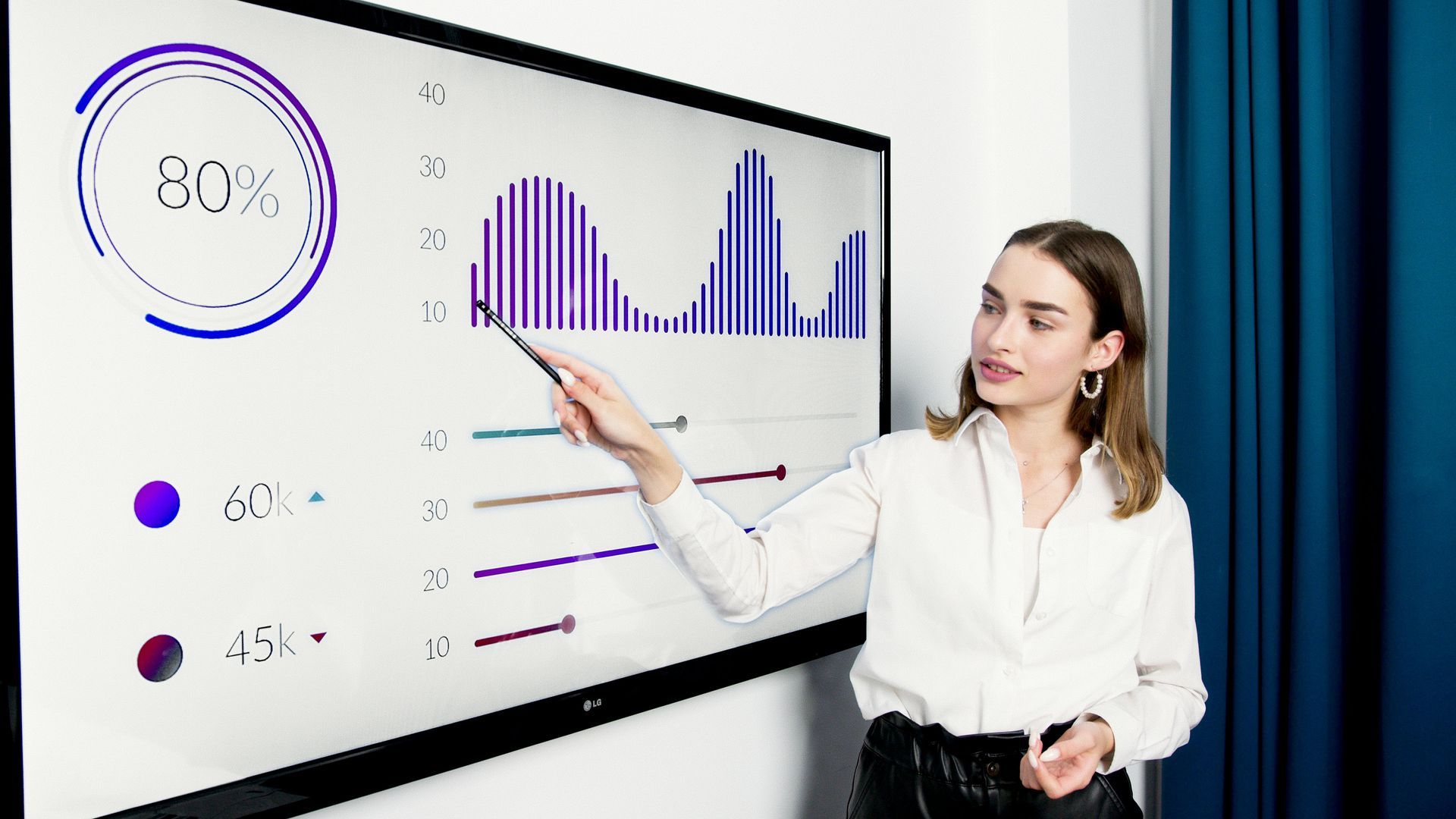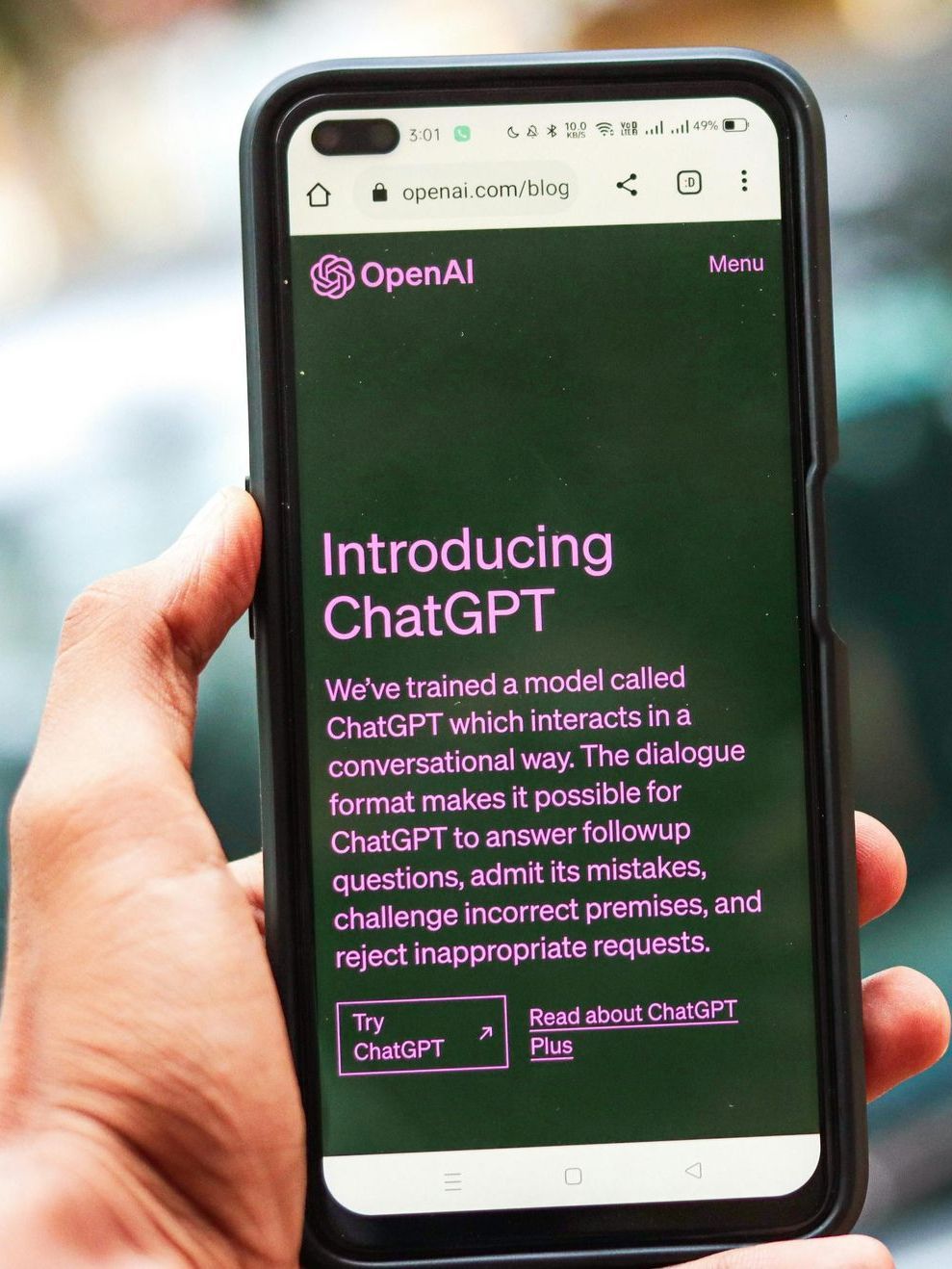The Emoji Dilemma: Do Emojis Belong in Professional Communication?
Let’s be honest - emojis aren’t just for group chats and Instagram captions anymore. Whether it’s a quick thumbs-up in a Teams chat or a cheeky smile in an email, those tiny icons have found their way into our professional lives. And depending on who you ask, that’s either a welcome shift towards more human connection… or a slippery slope into an unprofessional territory.
We live in a world where so much of our communication happens through screens which means our tone of voice can get lost in translation. Emojis offer a way to soften messages, add personality, and make digital interactions feel just a little more, well, human. But here’s the big question: do emojis actually enhance professional communication, or do they risk making us seem less serious, less credible, or even less competent?
In this blog, Flourish
are diving into both sides of the emoji-in-business debate: the benefits, the backlash, and everything in between. Because love them or hate them, emojis are not going anywhere, and it is probably time we figure out how (and when) to use them wisely.
Where did they come from?
Before we had a whole keyboard full of smiley faces, hearts, and tacos, people got creative with punctuation. Remember :-) or ;-) from the early days of internet chat rooms and emails? These simple emoticons were our first attempt at adding a little emotion to plain text.
The first phone with emojis on was released in 1997 but the little images didn’t really become a global phenomenon until 2011 when Apple introduced the emoji keyboard to iPhones, followed shortly after by Android. Suddenly, emojis weren’t just a niche trend - they were everywhere. From texts and tweets to work chats and marketing campaigns, emojis quickly became part of a global visual language.
Since then, emojis have grown and adapted alongside our culture. We’ve seen updates that include more diverse skin tones, gender identities, cultural symbols, and even animated “Animoji” that mirror your facial expressions. What started as a few simple icons is now an evolving form of digital expression that changes how we communicate every day.

What difference do they make?
Emojis aren’t just a trend, they’ve created a cultural shift and have become a second language. 92% of online users like using emojis - in fact, more than 10 billion emojis get added to text globally every single day.
Social media is where we see emojis the most and for good reason - it's proven to increase attention. Posts with emojis on Instagram see a 48% boost in engagement, and nearly half of all comments on the platform now contain at least one emoji. On Facebook, posts with emojis get 57% more interaction, while tweets that include emojis have a 25% spike in engagement.
And this isn’t just about casual scrolling or social banter; emojis are making their way into the professional world too. Around 61% of people now use emojis at work, and 79% of emoji users say they help spark ideas and improve collaboration among colleagues. Think of them as digital body language - sometimes a single emoji says more than a paragraph of text.
In marketing, we’re seeing emojis being used more than ever. Using them in email subject lines can boost open rates by 56% and click-through rates can jump by 28% when emojis are used thoughtfully. That tiny icon could be the difference between your message being ignored or opened.
It is also about variety, with almost 3,800 emojis expected to be available by the end of 2025, there’s something that fits your mood, culture, brand and message. We’ve come a long way from the classic smiley face, and now there are emojis for everything.
Why have they suddenly exploded?
If you think you’ve started seeing emojis appearing all over the place lately, don’t panic, you’re not imagining it. And ChatGPT might be why. ChatGPT (especially the early 2025 updated GPT-4o model) has started using emojis more freely in its responses. The idea was to make AI-generated content feel warmer, more engaging, and more human, and given how many people use tools like ChatGPT to draft everything from social posts to customer emails, that emoji-filled style has influenced a huge amount of digital content, sometimes without people even realising it.
It’s not everyone’s cup of tea though. While some appreciate the extra personality and emotional tone emojis can bring, others find the ‘emoji tsunami’ distracting or unprofessional, especially in serious or formal discussions. But while we can blame AI for the most recent, rapid spread, it’s just fuelling a trend that’s been building for years. We were the ones who created the spark. AI is just fanning the flames.
Do they belong in the workplace?
Emojis can bring some humanity back into our messages. They can soften a message in the absence of facial expressions, tone of voice or body language. They can make messages feel more human, more thoughtful, and less aggressive. That’s especially relevant when you think about how we work today - in remote and hybrid environments - where team members don’t always get the chance to talk in person, and emojis help fill that emotional gap and keep things clearer.
They can also help your communication stand out. Emojis naturally break up blocks of text and make things more visual, which is probably why 78% of people say they are more likely to open a message or email if it has an emoji in it. Even more traditional and conservative industries like law, finance, or healthcare are starting to embrace them in external communications and marketing to grab attention and add a bit of warmth.
But....they can also miss the mark.
Using an informal way of communicating, in a more formal situation can fall flat. It’s no surprise that 72% of employees admit they have initial hesitation about using emojis at work. In formal emails, messages to new clients, or serious conversations, it’s usually better to keep things emoji-free, at least until you have figured out what kind of tone the other person is comfortable with. A good rule of thumb is to mirror the other person. If they’re casually using emojis in their replies, chances are you are safe to do the same, but context is key.
So...should we be using them or not?!
Love ‘em or hate ‘em, there’s no getting away from them and as the digital, screen-heavy world continues to evolve, thinking about how and when to use emojis is more important than ever. For both individuals and businesses, aiming to connect with their audiences genuinely and effectively, mastering their usage can be the difference between a message that resonates and one that misses the mark.
At the end of the day, emojis aren’t inherently unprofessional - it’s how, when, and why we use them that matters. Like any communication tool, you need to use them with judgment and awareness.
When they’re used thoughtfully, emojis can add clarity, warmth, and even a touch of personality to professional exchanges. But overuse or poor timing can quickly do the opposite. As with most things in the workplace, balance is key. Emojis are here to stay - so rather than avoiding them altogether, the smarter move is learning to use them with purpose, confidence, and just the right amount of flair.


At Flourish PR, we get that modern communication is constantly shifting, and we are here to help you keep up without losing your brand’s unique voice. We harness digital trends - including smart emoji use 😉 - to connect you with your audience effectively in ways that balance both professional and personal.
Ready to bring your message to life? Get in touch today. We would love to help your brand stand out and flourish in today’s digital world. 😊🚀✨💼📈🤝😊🎯🔥💡📣🎉
Statistics taken from: https://www.sixthcitymarketing.com/emoji-statistics/

